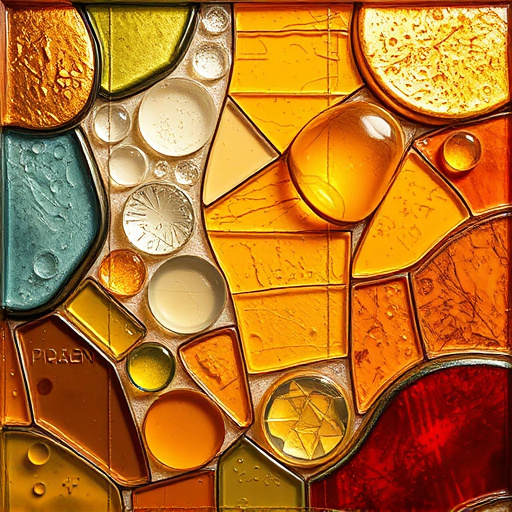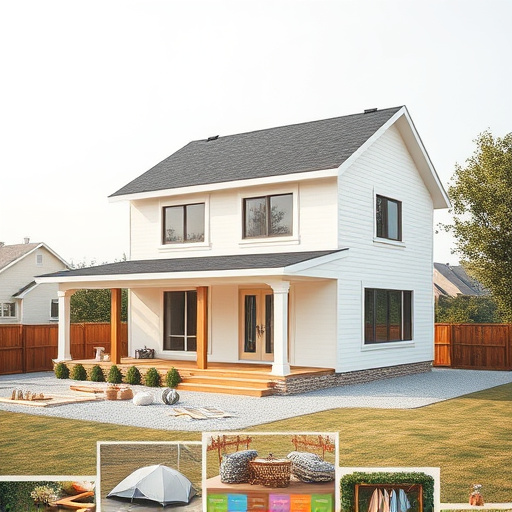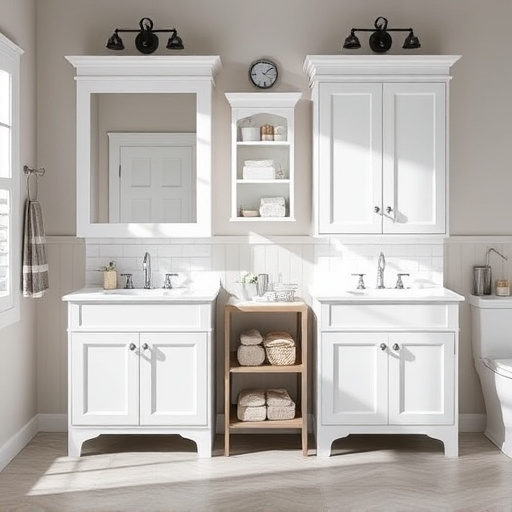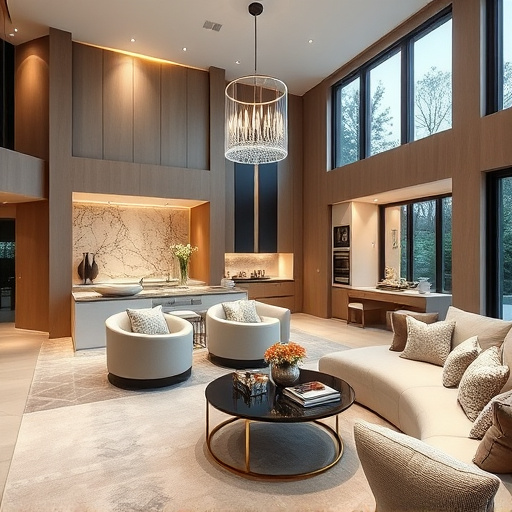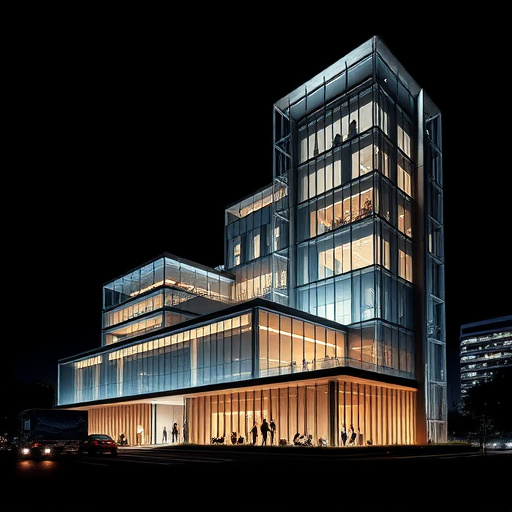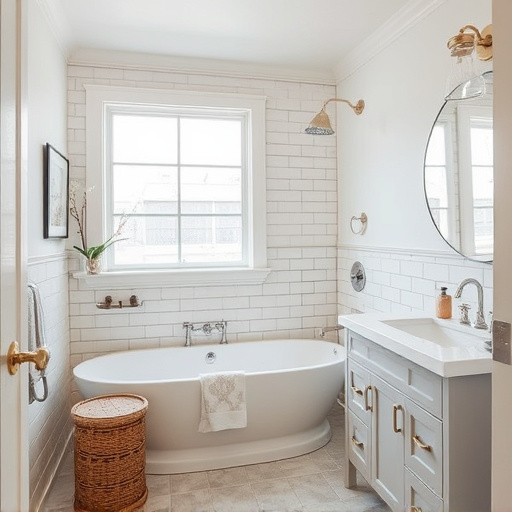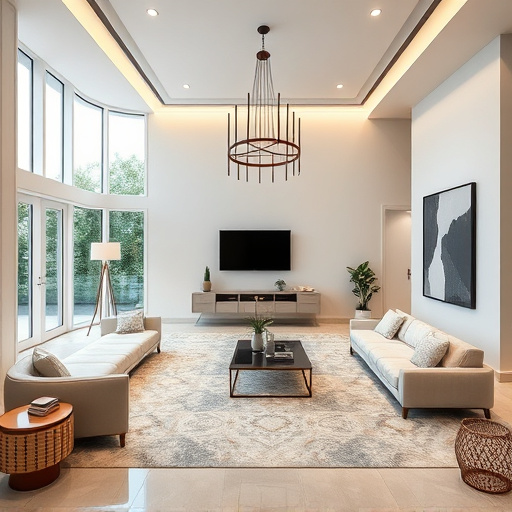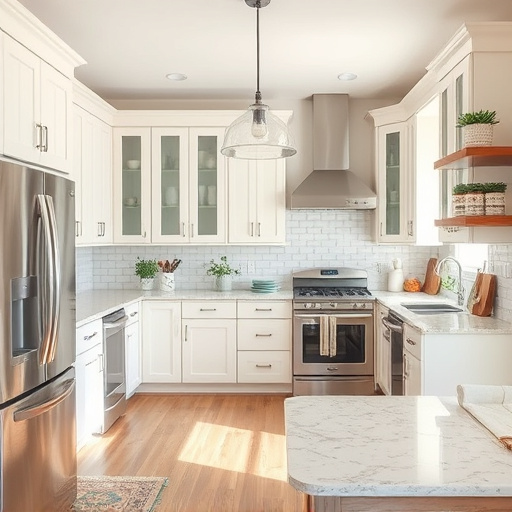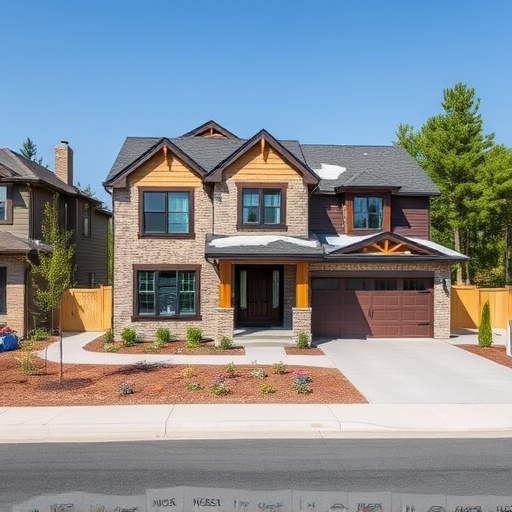In open concept home interiors, balance color theory for depth and harmony through complementary and analogous colors. Use patterns like area rugs, pillows, and art to avoid monotony, mixing bold with subtle designs. Strategically arrange furniture to maximize function and aesthetics, guiding traffic flow and creating cozy, elegant spaces. Professional renovation services enhance beauty, inviting users while catering to specific home interiors moods.
Matching decor in open concept homes is an art that can transform your space into a harmonious sanctuary. In this guide, we explore essential tips for achieving visual balance in these expansive areas. From understanding color theory to skillfully incorporating patterns and arranging furniture, discover strategies to create a cohesive aesthetic. Elevate your home interiors with these expert recommendations, ensuring every detail resonates seamlessly across your open concept living spaces.
- Understanding Color Theory for Seamless Blending
- Incorporating Patterns: Creating Visual Interest
- Furniture Layout: Balancing Function and Aesthetics
Understanding Color Theory for Seamless Blending

In the realm of open concept interiors, where spaces flow seamlessly from one area to another, understanding color theory becomes a powerful tool for creating cohesive and inviting home interiors. Color blending is an art that can transform your living areas into functional spaces that exude harmony and balance. The key lies in recognizing how colors interact with each other—a knowledge often summed up by the principles of color theory.
For instance, complementary colors, those opposite on the color wheel (like blue and orange), create vibrant contrast when paired together, adding depth to your home improvement services. On the other hand, analogous colors (adjacent on the wheel) offer a more subtle blend, resulting in calming and cohesive atmospheres suitable for multiple room remodel projects. Balancing these color relationships ensures that no single shade dominates, fostering a harmonious environment throughout your home interiors.
Incorporating Patterns: Creating Visual Interest

In open concept home interiors, where spaces flow seamlessly into one another, incorporating patterns can create visual interest and prevent a monotonous look. Area rugs, for instance, are an excellent way to introduce patterns in rooms that lack definition. Choose designs that complement the existing decor while adding depth and texture. Additionally, throw pillows, curtains, and wall art adorned with various motifs can help tie together different areas, making your home transformations more cohesive and visually appealing.
When it comes to pattern mixing, don’t be afraid to experiment. A bold geometric pattern in the living room could be balanced by a subtler floral design in the dining area. This technique not only adds visual dynamism but also keeps things interesting as you move from one space to another. Just remember to maintain a balance between patterns and colors to ensure your home remains inviting and harmonious, regardless of whether you’re focusing on an exterior painting job or a bathroom remodel.
Furniture Layout: Balancing Function and Aesthetics

In open concept interiors, furniture layout plays a crucial role in balancing function and aesthetics. When designing your space, consider how each piece serves both practical and visual purposes. For instance, arrange seating areas to facilitate conversation while ensuring they don’t obstruct traffic flow. A well-placed coffee table or sideboard not only adds functionality but also anchors the room aesthetically.
Remember that home improvement services can assist in creating a harmonious layout. Professional renovation services often have expertise in maximizing space and suggesting furniture arrangements that complement your home interiors. Think about the overall mood you want to create—whether it’s cozy, minimalist, or elegant—and choose pieces that align with these objectives. Incorporating the right furniture will not only enhance the beauty of your open concept spaces but also ensure they’re both inviting and functional for all activities.
When styling open concept homes, a harmonious blend of decor is key. By understanding color theory, incorporating thoughtful patterns, and arranging furniture with both function and aesthetics in mind, you can create a visually appealing and cohesive space that truly showcases your style. These tips are essential for achieving a balanced and inviting atmosphere in your modern home interiors.

